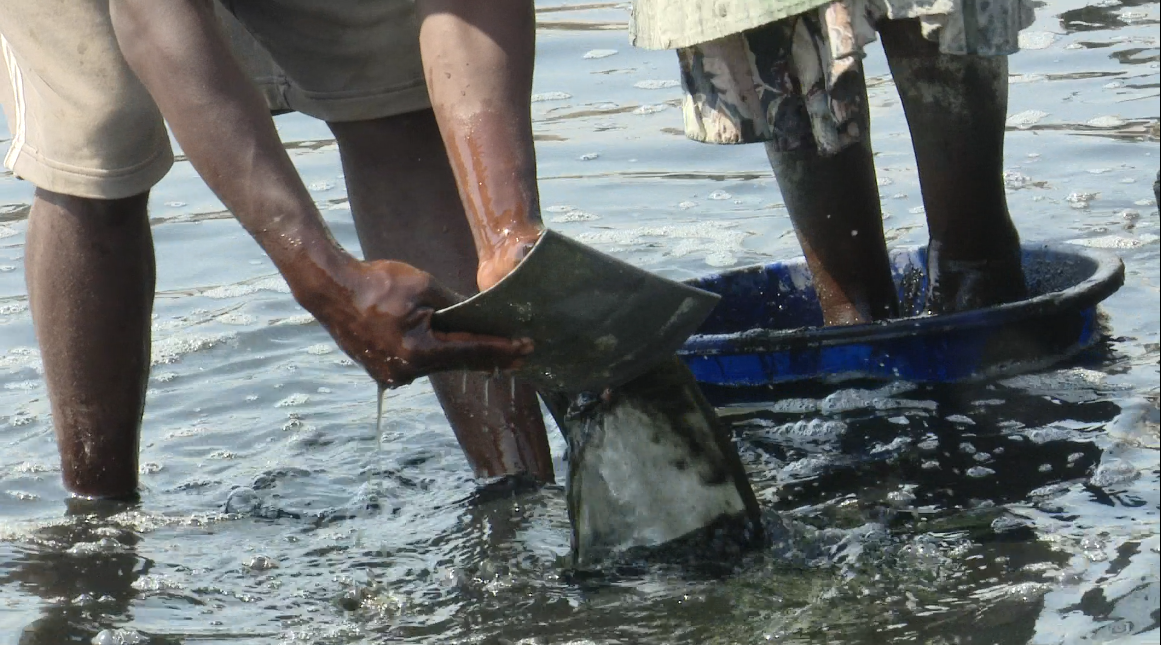Prime
Empengyere: enduring in harsh times

What you need to know:
For many generations people in Kigezi region, mainly the Bakiga, have enjoyed this delicacy.
The long time that it takes to prepare empengyere has strongly limited its consumption in many families and across the Kigezi region. It is however thought that most people in the region have passed through hard times from the days of migrations into the area, their life in the highlands and the general environment.
It is important to note that most of the people in the region have either had it as a delicacy from their families or from the neighbourhood. This corn-based (maize) meal is normally mixed with beans and at times some greens to make a treat enjoyed by many who taste it.
While maize was introduced in Africa in the early 16th Century, in most communities across Africa, it is eaten as porridge or “posho,” making empengyere unique. Several other communities in Uganda also eat empengyere but in generally different forms of preparation.
The preparation of empengyere is said to have started in the 18th century at the helm of a disastrous famine locally referred to as Rwaranda (meaning escalation of hunger) that hit parts of Rwanda, Burundi, Eastern DRC and Kigezi region. This hunger led to massive migrations of Rwandese and other peoples into Kigezi with the Rwandese moving into the hills of Kabale and Bufumbira (current day Kisoro District).
New ways of cooking had to be adapted after the famine and empengyere emerged as a new choice of food. Because it would keep people anxious to eat since it would take too long to get ready, and required patience when eating, it was a better option for hunger then. However todate, the villages of Kigezi still enjoy the delicacy.
Joseph Rwabweisho, 92, of Nyarushanje in Rukungiri District says he has never witnessed the ravages of a real famine in his life time, but stories from his grandparents have been so many about the past. He says the story of cooked corn has always made him like the delicacy.
Kenneth Rubaramira, a former employee at Highland Hotel in Kabale town, one of the places where empengyere is served as a meal in the region, says it is one of the popular foods especially among the affluent Bakiga. “When we started cooking it, we thought there would be few customers, but many people would park cars and demand for the meal,” he says.
To prepare it
Ingredients
•One needs four basic ingredients to cook the meal; water, maize corn, beans and rock salt. However in the modern way of cooking, several other ingredients like green peppers, small egg plants or even greens can be added to make the meal more tasty and interesting.
You will need
•Well sorted and cleaned corn and beans.
•A sizeable pan as the cooked maize will expand to the top of the pan.
•Water and enough fuel is also needed for a long wait.
•For two kilogrammes of maize, you need at least five litres of water a sizeable pan that can accommodate such an amount of water.
•Cooking is just a matter of boiling corn with water; the process would take up to five hours before it is completely ready for eating. One must ensure that the fire boiling the maize is steady at all times.
The process
•Put water in the pan and add corn, put on fire and start boiling.
•After one hour of boiling, add rock salt to increase the temperature of the boiling water and quicken the process. Boil for another hour and add beans to the corn. Leave to boil for another hour and then add more rock salt to the mixture.
•You would have to add water more than three times because of the expanding maize and beans. 40 minutes after adding the rock salt one can then put other ingredients of choice in the mixture. You can add vegetables like bean leaves or black night shade to give it a taste. However, it’s always better to leave it to boil without additives to ensure an original taste.




